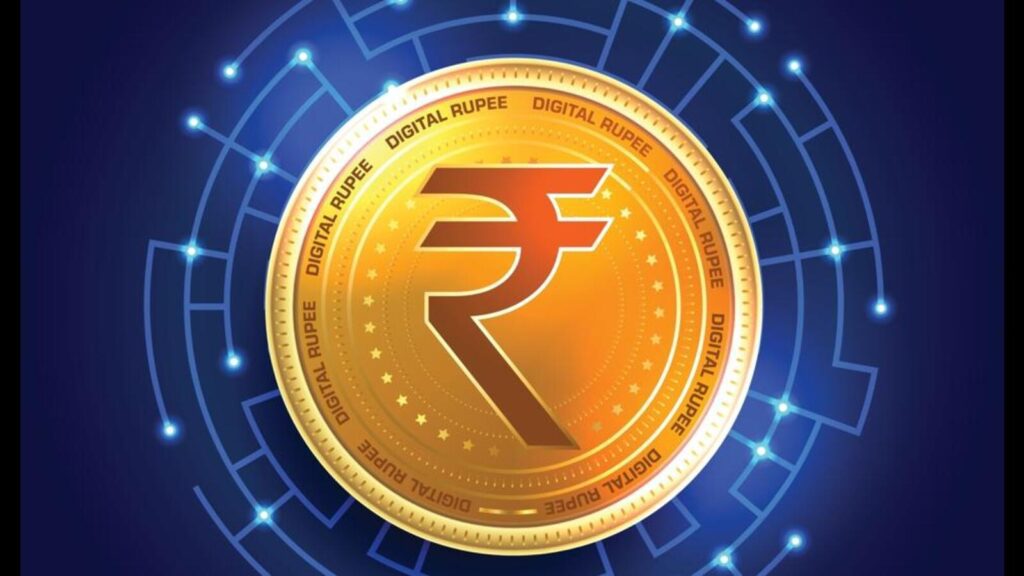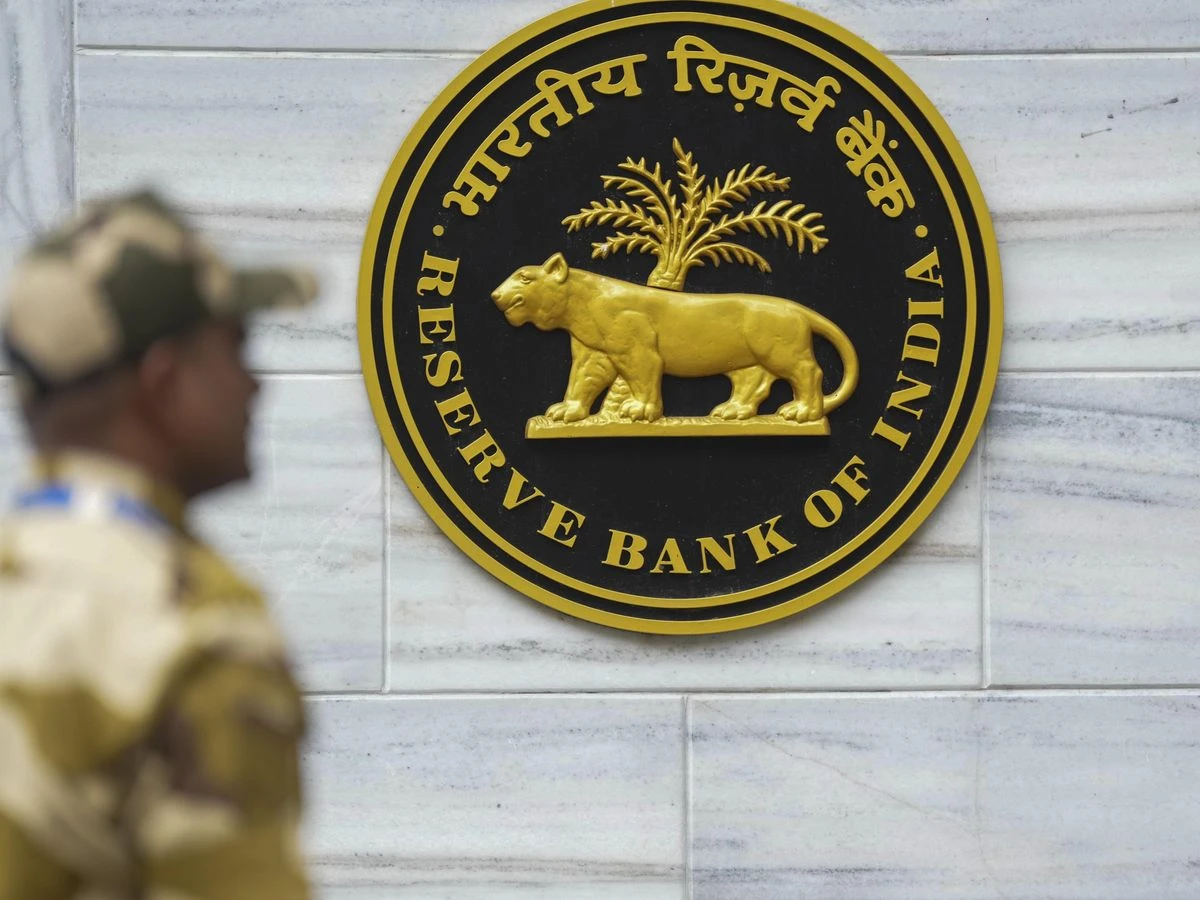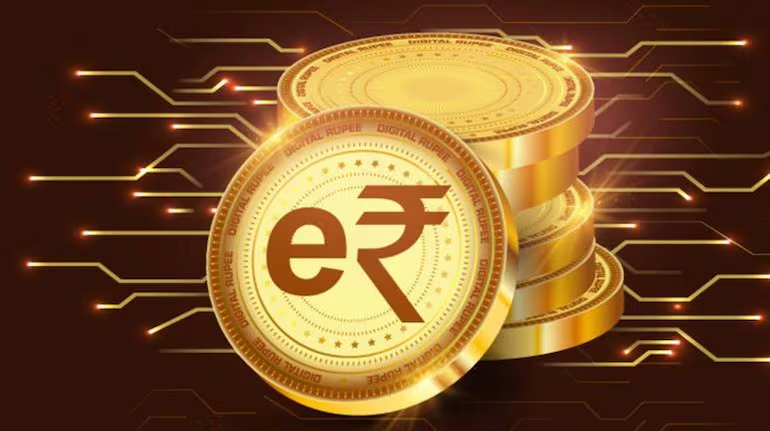Now Reading: Tier-2 India Joins the Crypto Wave: Small Cities, Big Curiosity
-
01
Tier-2 India Joins the Crypto Wave: Small Cities, Big Curiosity
Tier-2 India Joins the Crypto Wave: Small Cities, Big Curiosity

The crypto story in India is no longer limited to the metros. From Nagpur to Indore, Surat to Lucknow, Tier-2 cities are showing a growing appetite for digital assets. Young investors, small business owners, and freelancers are experimenting with crypto — not as a get-rich trend, but as a new way to diversify their savings and stay in tune with global finance.
What’s driving this shift is a mix of curiosity, access, and digital confidence. With affordable internet, UPI familiarity, and financial education spreading through YouTube and social media, smaller city investors are learning faster than ever. They may start with small amounts, sometimes just a few hundred rupees, but their consistency shows genuine interest rather than hype-driven impulse.
Crypto exchanges have also noticed this pattern. Many new account openings now come from cities outside the traditional metro belt. In these regions, younger investors see crypto as part of their digital lifestyle — alongside stock trading apps, mutual fund platforms, and online payments. The idea of global participation appeals to them, especially those who freelance or work remotely with international clients.
Still, this rapid adoption comes with risks. Many new users lack clarity on taxation, regulation, and fraud prevention. The 30 percent tax on crypto gains and 1 percent TDS on trades remain major deterrents, particularly for small investors. Scams and fake investment schemes also target newcomers who may not yet understand how to verify legitimate platforms.
Tier-2 participation could, however, redefine the Indian crypto map. It’s not just about trading — local entrepreneurs are exploring blockchain-based projects, from NFT art to small fintech startups. This indicates that digital finance is slowly entering the mainstream mindset, not just the elite tech circle.
For policymakers and banks, this trend presents both opportunity and responsibility. Encouraging financial literacy, improving digital safety, and offering clear regulatory direction can help build trust in these regions. Crypto might not replace traditional banking anytime soon, but it’s already influencing how India’s next generation views money and technology.
As Tier-2 India steps confidently into the digital finance space, it’s clear that innovation is no longer confined to metros. The future of crypto in India may well be written from its smaller cities — where awareness, ambition, and aspiration are growing faster than ever.

























